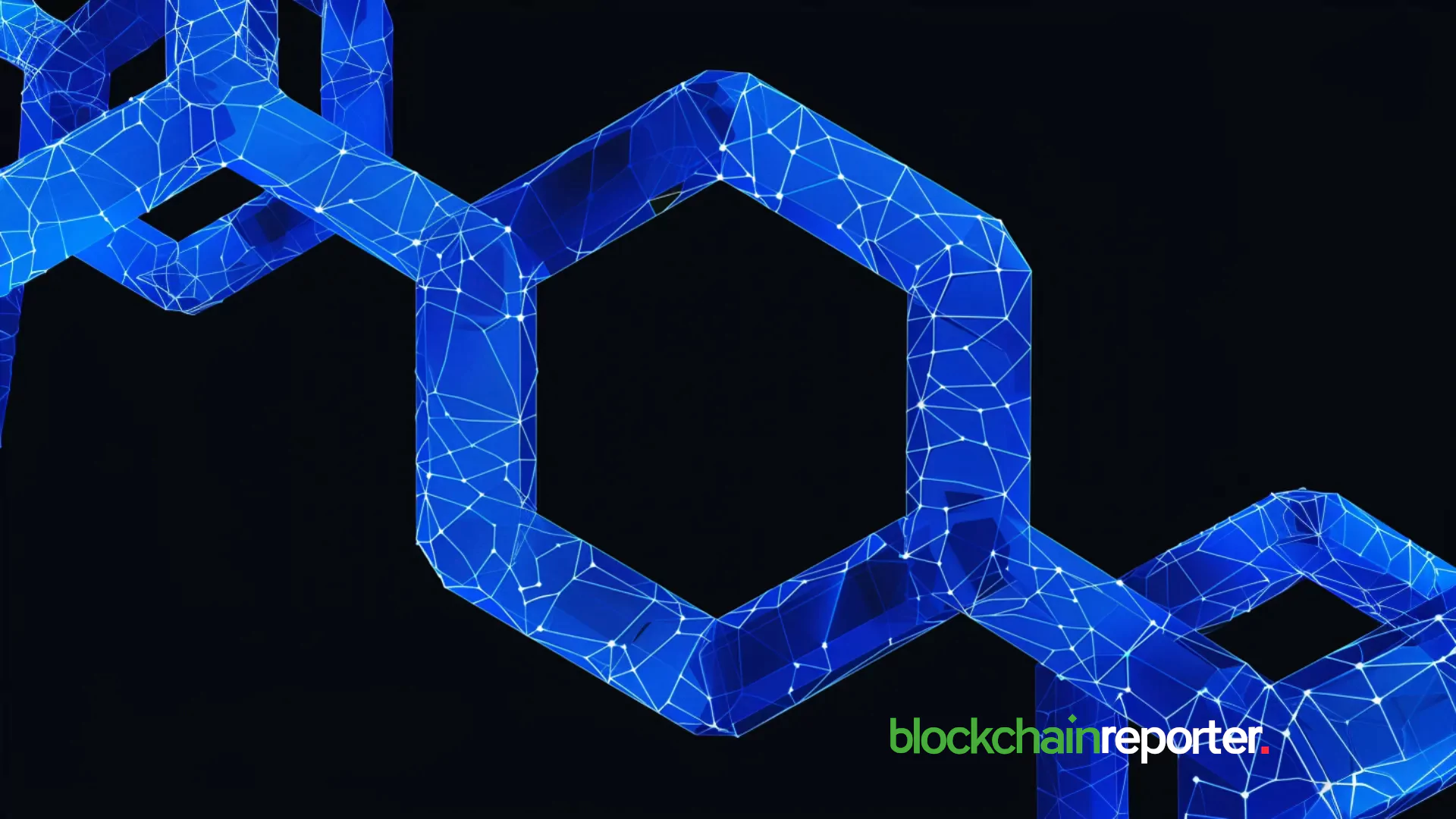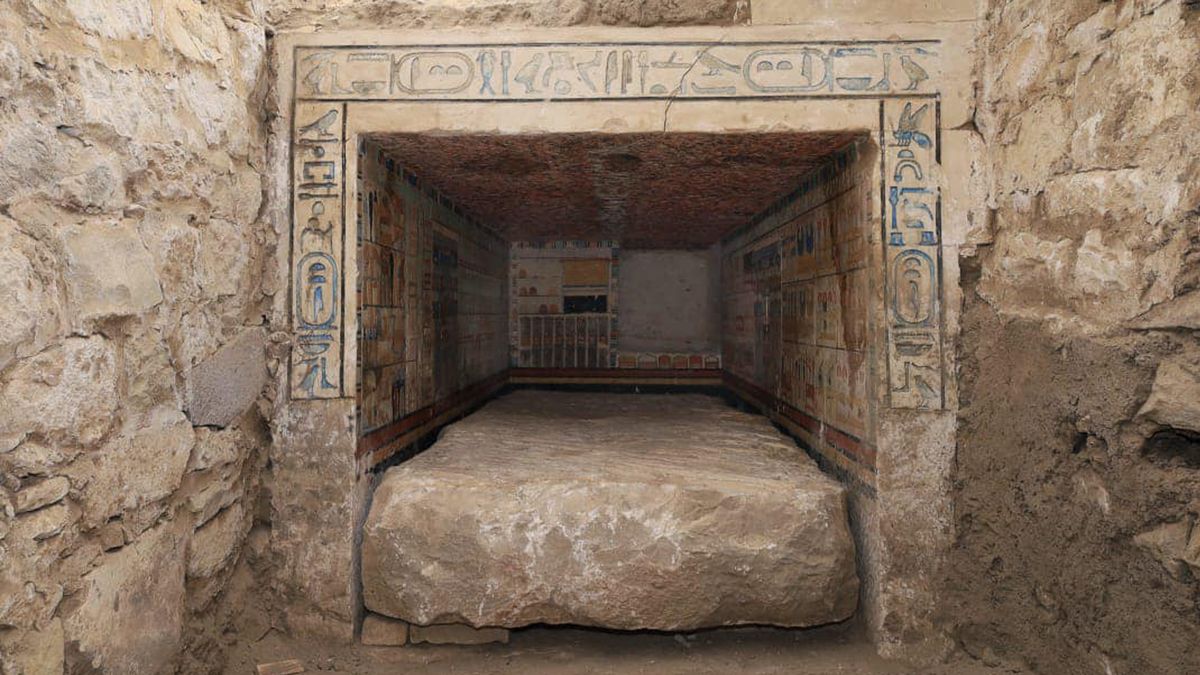Last week, the news of the launch of a quantum-resistant solution for Solana was announced.
Quantum resistance has been achieved internally.https://t.co/O2wgya5ZDZ
— Dean 利迪恩 (🍍,🧋) | sbpf/acc (@deanmlittle) January 3, 2025
However, it is not a basic solution that is applied to the entire ecosystem, but an optional solution that allows those who use it to protect themselves from the risks of quantum computing.
Solana: what quantum-resistant means
Quantum computers are processors very different from traditional ones, with enormously superior computing power.
The security of crypto transactions is achieved through electronic signatures, which cannot be counterfeited.
The reason they are so secure is that it would require an immense amount of calculations to counterfeit them, and today there is no supercomputer capable of doing them in reasonable times.
With quantum computers, the time required to forge a digital signature is significantly reduced, theoretically making it possible within a reasonable time frame.
It is said that an electronic signature is quantum-resistant when not even a quantum computer is capable of counterfeiting it.
The current risk
In the current state, as far as is known, there is still no quantum computer even remotely capable of forging an electronic signature in a reasonable time.
Indeed, according to some hypotheses, it may take several more years, if not decades, before such a goal can be reached.
Furthermore, as demonstrated by the case of Solana, there are already solutions that could be applied in the event that at some point such a risk from theoretical could become realistic.
However, no one excludes that, for a greater sense of security, these solutions can be started to be used even right away, although in the current state of affairs this is absolutely not necessary.
The quantum-resistant solution of Solana
The solution announced last week does not concern the entire Solana network, but a specific vault, called Winternitz.
This solution has been called Solana Winternitz Vault and has been made available on GitHub.
The name derives from the Winternitz One-Time Signatures (WOTS), which are quantum-resistant digital signatures, thanks to the use of a truncated Keccak256 hash that offers 224 bits of resistance.
To use this solution, you need to download the software, initialize a new vault, and generate a new Winternitz key pair.
This means that such a solution cannot be applied to already existing wallets, since the new keys created in this way also have new public addresses.
Therefore, anyone who wishes to use it will have to transfer all the funds from their previous address to the new one, after generating it, but only after ensuring they can use the new key pair without limits. In fact, if they were to transfer the funds to a new address and then realize they are not able to use the new private key, they would effectively lose them all.
It is not a coincidence that the same developer of this solution added the following note:
“Use this program at your own risk and peril”.
Fortunately, the software also provides a suite of test tools, in order to avoid having to start using it without having tried it.
Its use is strongly discouraged for anyone who is not an expert in these things.
The global implementation
When will the implementation of solutions of this type occur at a global level?
First of all, it is not certain that Winternitz signatures are the optimal solution. It is also not certain that they will be the one chosen by Solana to be implemented at the base level.
The fact is that, reasonably, there is still a lot of time before the problem turns from theoretical to real, so there is no point in acting hastily with rushed or insufficiently tested solutions.
However, it is extremely important that developers unleash their creativity in multiple solutions, now that there is still time to test them, so that as many as possible can be tried in order to choose only the best ones in the future.
It is not even said that the solution must be unique. In fact, the more there are, the better.
Source: https://en.cryptonomist.ch/2025/01/06/solana-quantum-resistant-is-not-yet-for-everyone/









Leave a Comment